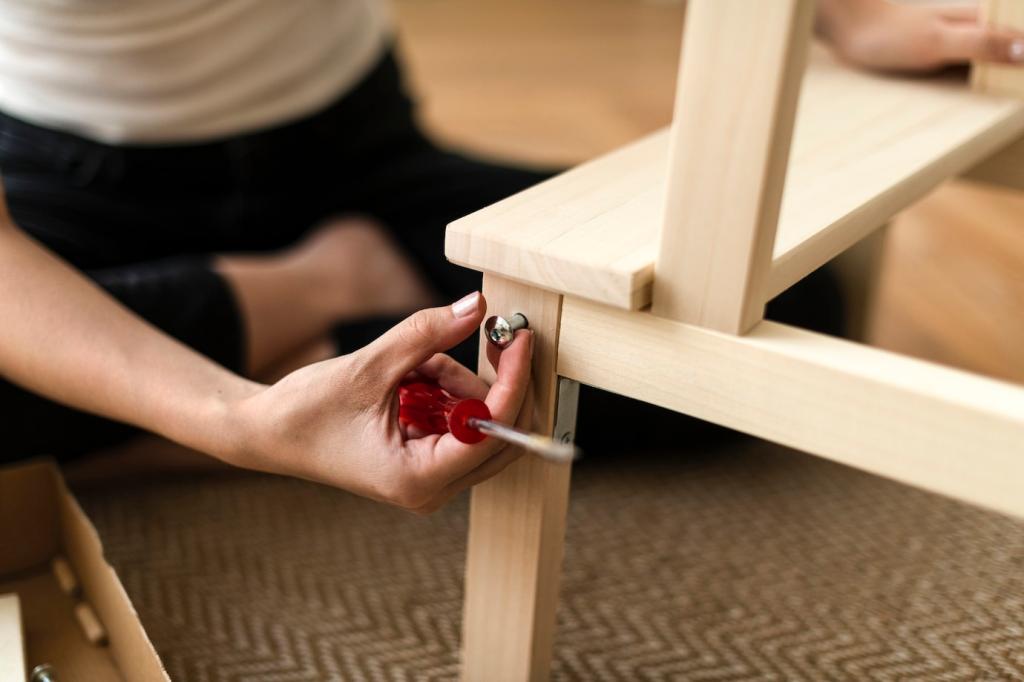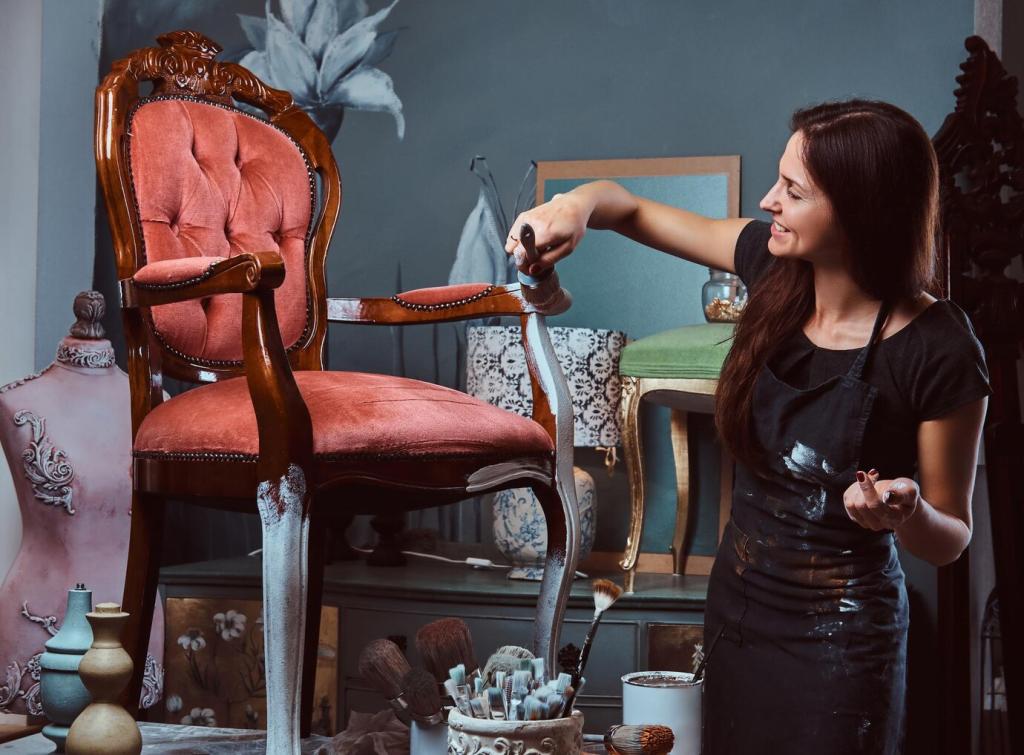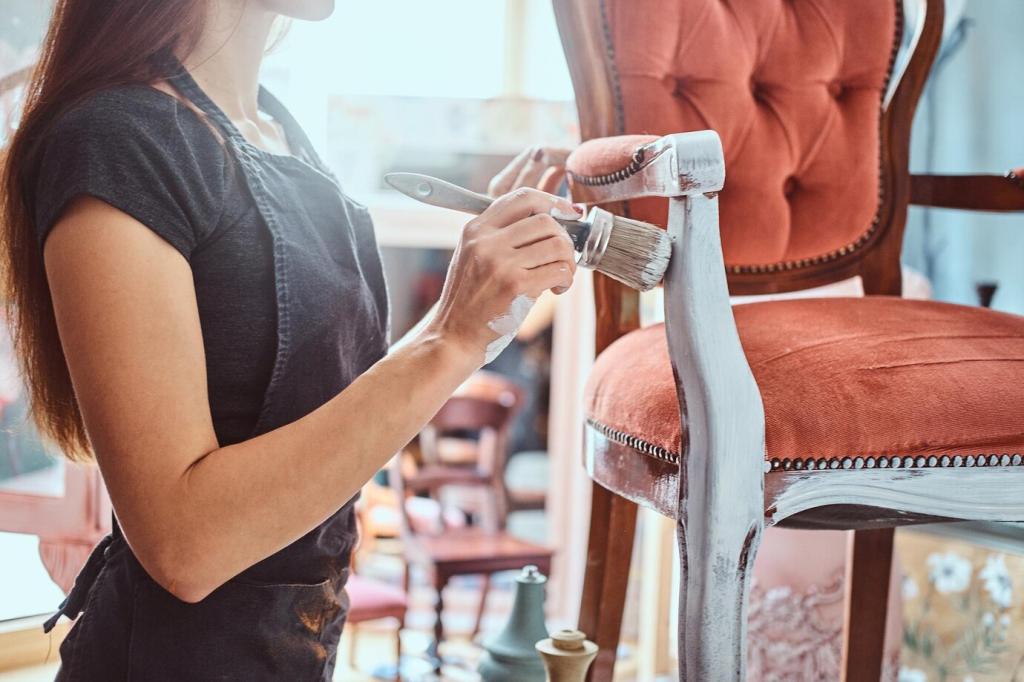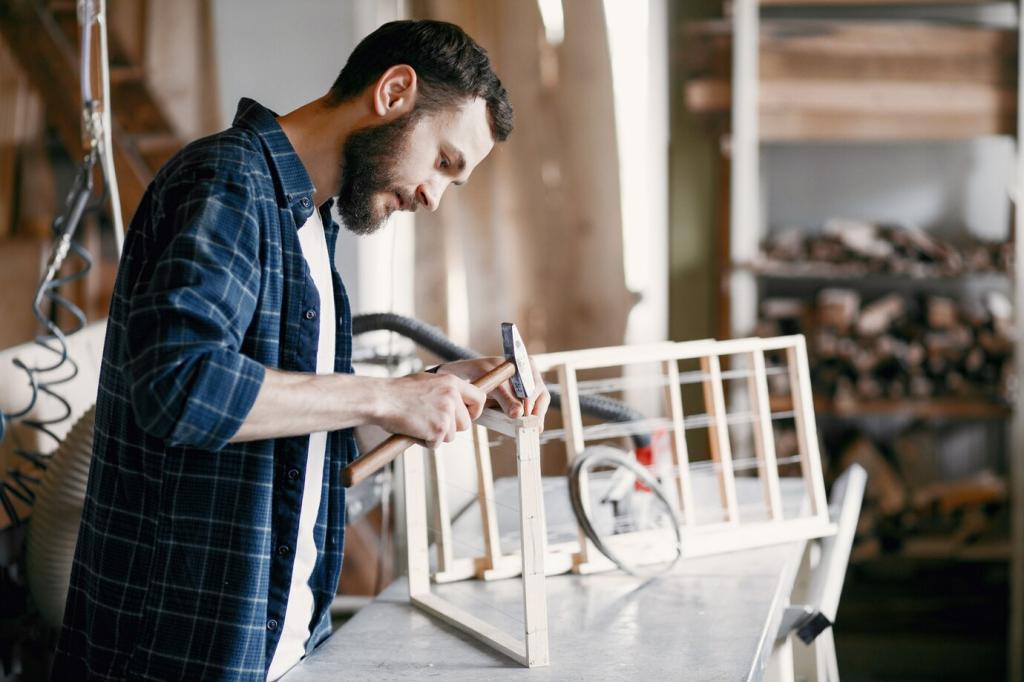Assess First: History, Structure, and Value
Examine wear patterns on drawer pulls, the shine on armrests, and shadow lines from old hardware. These clues reveal how the piece lived, what failed before, and where to tread gently. Comment with your observations to compare notes with fellow restorers.
Assess First: History, Structure, and Value
Look for racking, loose mortise-and-tenon joints, and gaps in dovetails. Probe soft areas for hidden rot or past water damage. If you suspect woodworm, quarantine and treat first. Ask below if you need help identifying species or pests from photos.





